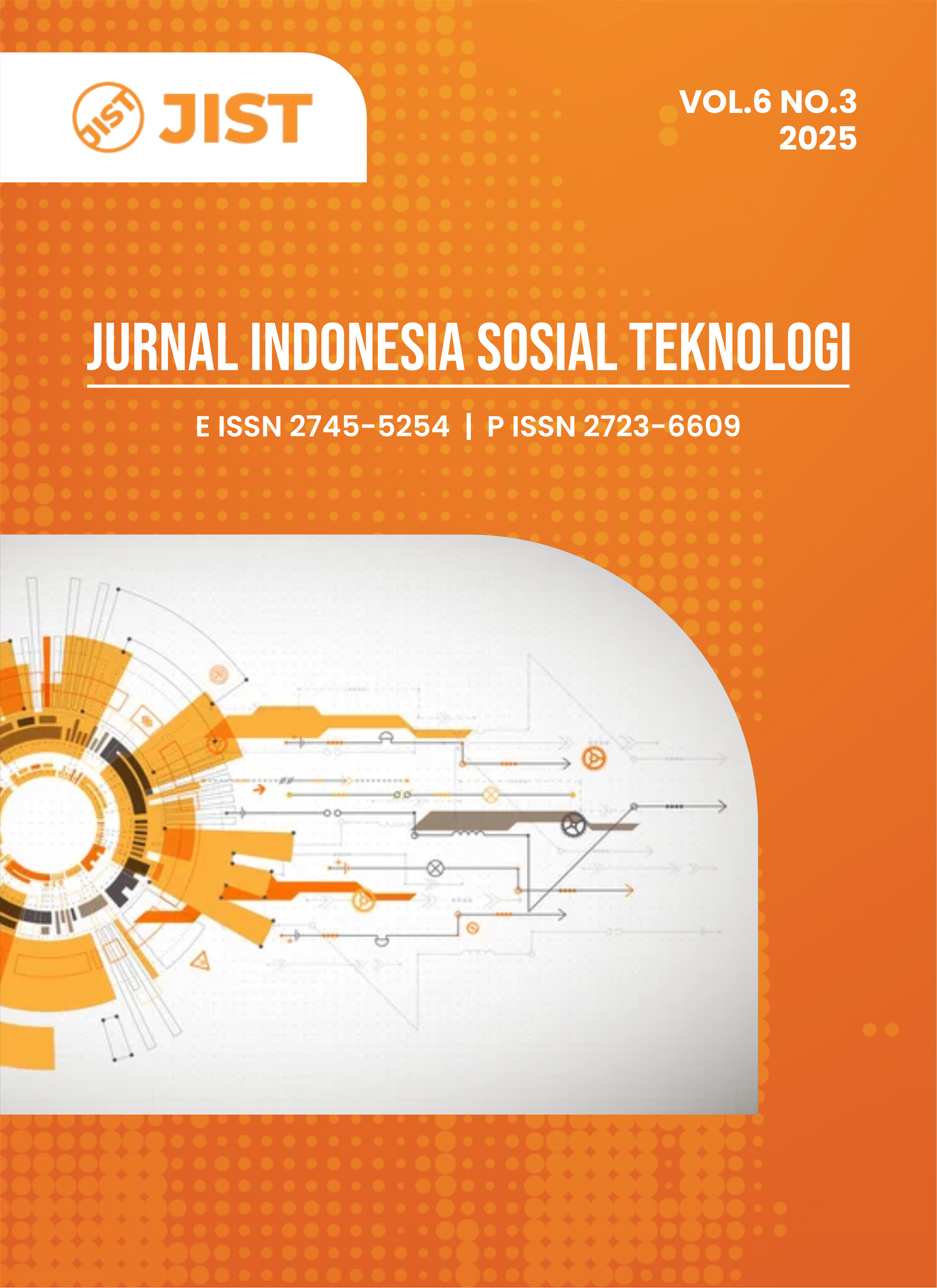Implementation of the Government Internal Control System (SPIP) in Realizing Good Governance at the General Bureau of the Regional Secretariat of Central Papua Province
DOI:
https://doi.org/10.59141/jist.v6i3.8994Keywords:
implementation, SPIP, good governanceAbstract
This research aims to analyze the implementation of the Government Internal Control System (SPIP) in realizing Good Governance at the General Bureau of the Regional Secretariat of Central Papua Province. The research employs a qualitative approach. The informants in this study comprise six employees from the General Bureau of the Regional Secretariat of Central Papua Province. The data analysis technique employed is qualitative descriptive analysis, which involves collecting, reducing, presenting, and drawing conclusions from the data. This study concludes that: 1) The implementation of the Government Internal Control System (SPIP) in the General Bureau of the Regional Secretariat of Central Papua Province is carried out by establishing clear policies and procedures for internal control, providing routine training for employees, forming a special team to supervise and evaluate the implementation of SPIP periodically, implementing information technology, and involving external oversight. 2) The obstacles to implementing SPIP in the General Bureau of the Regional Secretariat of Central Papua Province include a lack of understanding and awareness among employees, limited human resources, inadequate information technology infrastructure, resistance to change, and difficulties in integrating SPIP. 3) Implementing the Government Internal Control System (SPIP) at the Central Papua Province Regional Secretariat has benefits in creating public trust in the government. With an open and accountable system, the public feels more involved in the government process, encouraging increased public participation and supporting the creation of Good Governance. SPIP is crucial in ensuring transparent, accountable, and trustworthy financial management.
Downloads
Published
How to Cite
Issue
Section
License
Copyright (c) 2025 Sulistyorini Ariwibowo, Manuel A Todingbua, Naomi Patiung

This work is licensed under a Creative Commons Attribution-ShareAlike 4.0 International License.
Authors who publish with this journal agree to the following terms:
- Authors retain copyright and grant the journal right of first publication with the work simultaneously licensed under a Creative Commons Attribution-ShareAlike 4.0 International. that allows others to share the work with an acknowledgement of the work's authorship and initial publication in this journal.
- Authors are able to enter into separate, additional contractual arrangements for the non-exclusive distribution of the journal's published version of the work (e.g., post it to an institutional repository or publish it in a book), with an acknowledgement of its initial publication in this journal.
- Authors are permitted and encouraged to post their work online (e.g., in institutional repositories or on their website) prior to and during the submission process, as it can lead to productive exchanges, as well as earlier and greater citation of published work.










